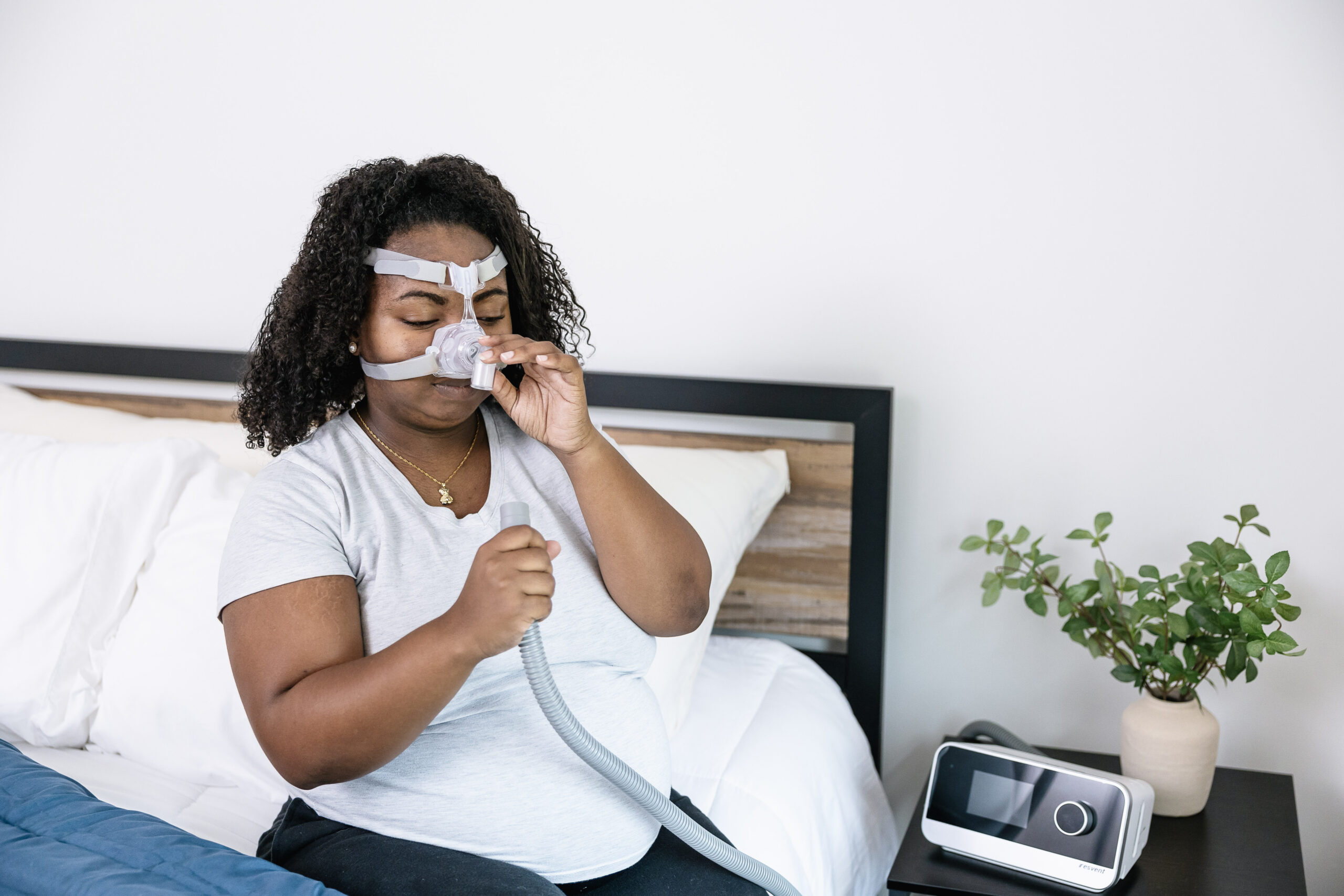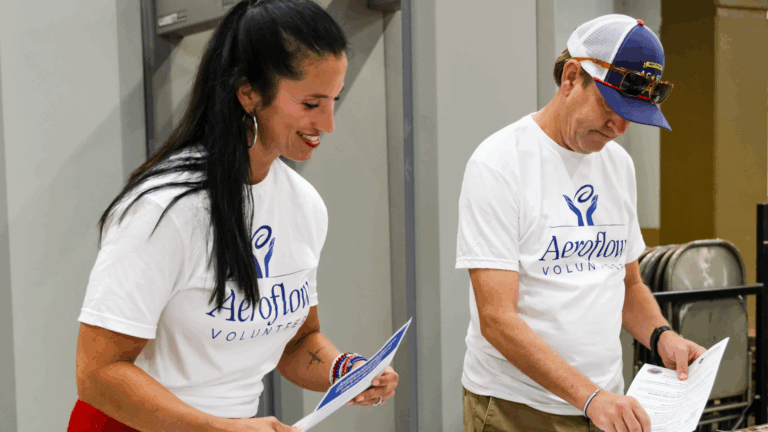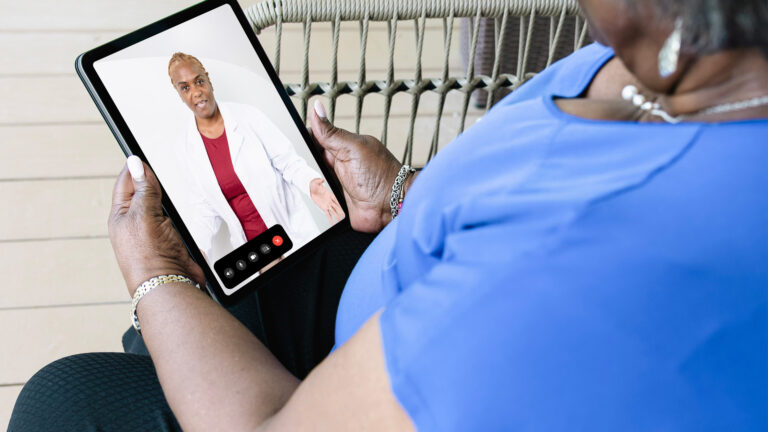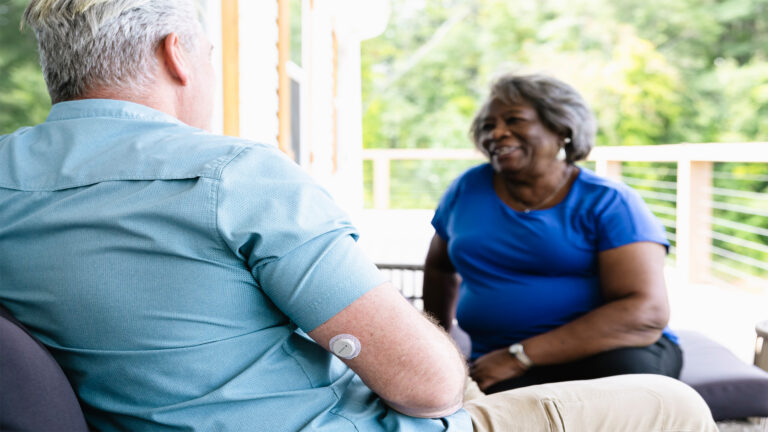Medically Reviewed by Michelle Worley, RN
CPAP, BiPAP, and Ventilator machines are all designed to help patients with breathing disorders. You may have questions about these types of equipment such as how are they different and which one would be best for you. Your physician will chose a device depending on your diagnosis and breathing needs.
CPAP (Continuous Airway Pressure) Machines
CPAPs are most commonly used for obstructive sleep apnea treatment. Pressurized air is forced down the airway to keep the airway open and free from obstruction. This prevents sleep apnea from occurring.
The level of pressure delivered by your CPAP machine depends on how hard your airway is to open. This is usually determined during a sleep study and then prescribed by your doctor. Some machines will adjust to whatever pressure is necessary to ensure you are always breathing. These type of machines usually start at a lower pressure and react to your breathing patterns to ensure the airway stays open.
BiPAP (Bilevel Positive Airway Pressure) Machines
BiPAP is a more complex type of sleep therapy machine that is used when CPAP can not be tolerated, the airway can not open adequately with a CPAP, or when a patient has central sleep apnea.
BiPAP is different than CPAP because it has two pressures, one for inhalation and one for exhalation. In order for patients to be placed on a BiPAP, a physician must prove the patient needs it for insurance to approve coverage.
Ventilator Machines
Ventilators are used for patients that can not breathe on their own or when someone suffers from a severe respiratory disease. Life support ventilators can be used 24 hours per day when a patient suffers from a neuromuscular disease or has experienced a severe traumatic accident that has left them unable to breathe on their own.
Sometimes patients are also placed on ventilators for short term use in acute settings such as hospitals when they are severely sick.
In the home setting, ventilators are also used non-invasively (with a mask) when patients have severe COPD. For this situation, it is only used during the night similarly to the CPAP and BiPAP.
There is a common misconception that ventilators are large pieces of equipment for bed-bound patients. However, there are options like the Trilogy Ventilator or Astral, that are small and mobile. By only weighing 11 pounds with a compact design patients are still able to maintain their freedom.
Insurance Covered CPAPs & BiPAPs
Depending on your needs, you may qualify for these devices through your insurance. If you have sleep apnea, we can supply the proper CPAP supplies prescribed by your physician. Simply fill out this form.




